Over the last few hundred years, artillery has been involved in some capacity whenever a major battle has occurred. At first, horses pulled artillery. Today, you have vehicles towing artillery, the crew, and the ammunition. Between howitzers, mortars, rocket launchers, and field guns, these weapons can turn the tide of any battle. With this in mind, let’s look at major artillery battles that have helped shape modern warfare.
Battle of the Bulge
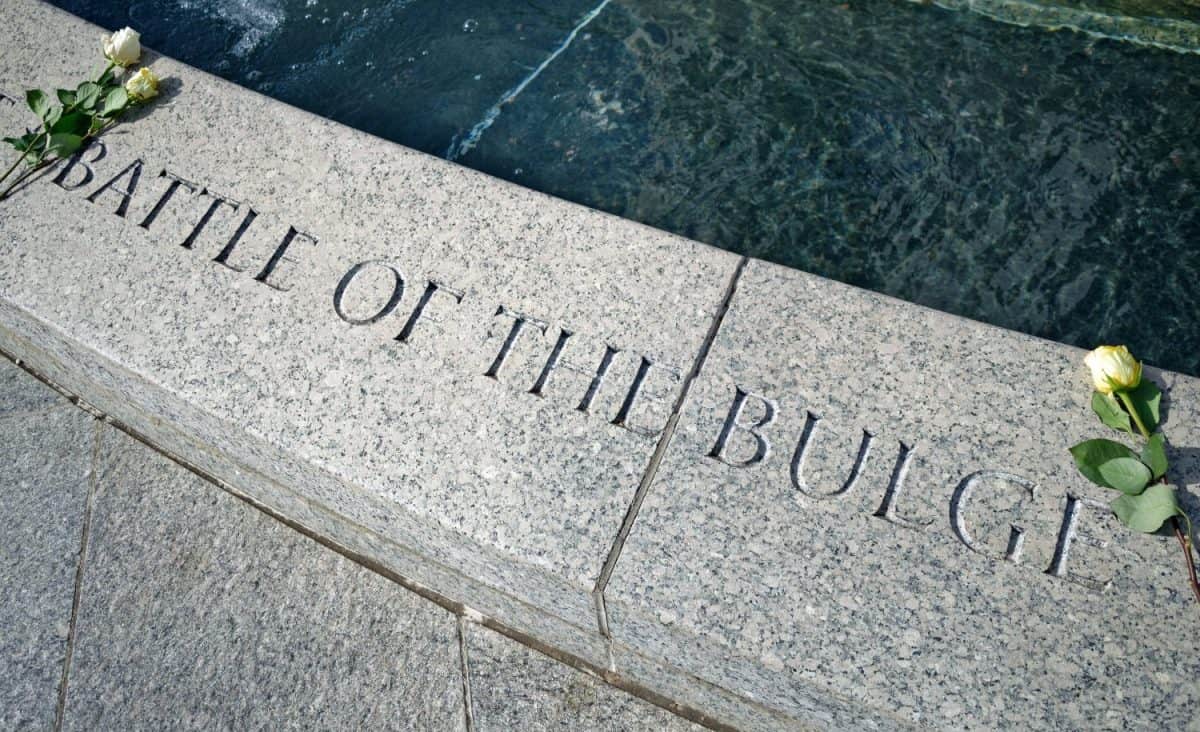
©Maximin Stock/Shutterstock.com
- Date: December 16, 1944 – January 28, 1945
- War: World War II
- Participants: Allies (United States, United Kingdom, Canada) vs. Axis (Germany
- Winner: Allied victory
- Artillery: Over 24,000 artillery pieces
Ardennes Offensive
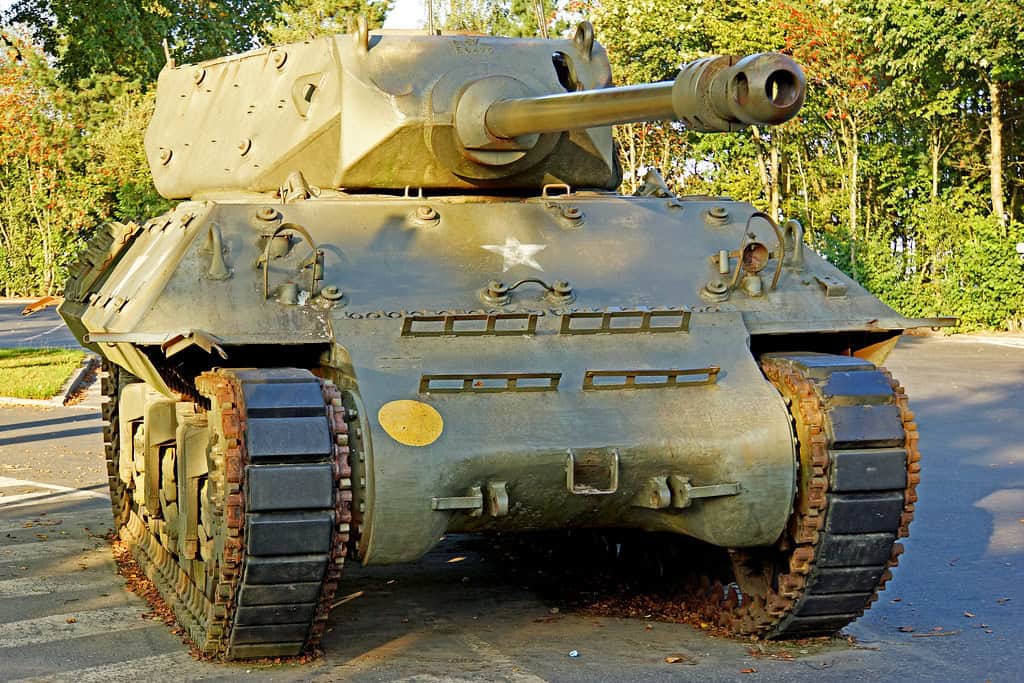
©"Belgium-5061B - - Battle of the Bulge Tank" by archer10 (Dennis) is licensed under BY-SA 2.0. - Original / License
The Battle of the Bulge is memorable as the last major German offensive against the Allies on the Western Front. Artillery played a multifaceted role in this battle by interrupting German supply chains and blunting Germany’s offensive efforts to turn the tide of the battle. German troops were frequently met with heavy artillery bombings, which disrupted every attempt at Germany’s advance.
Battle of Gettysburg
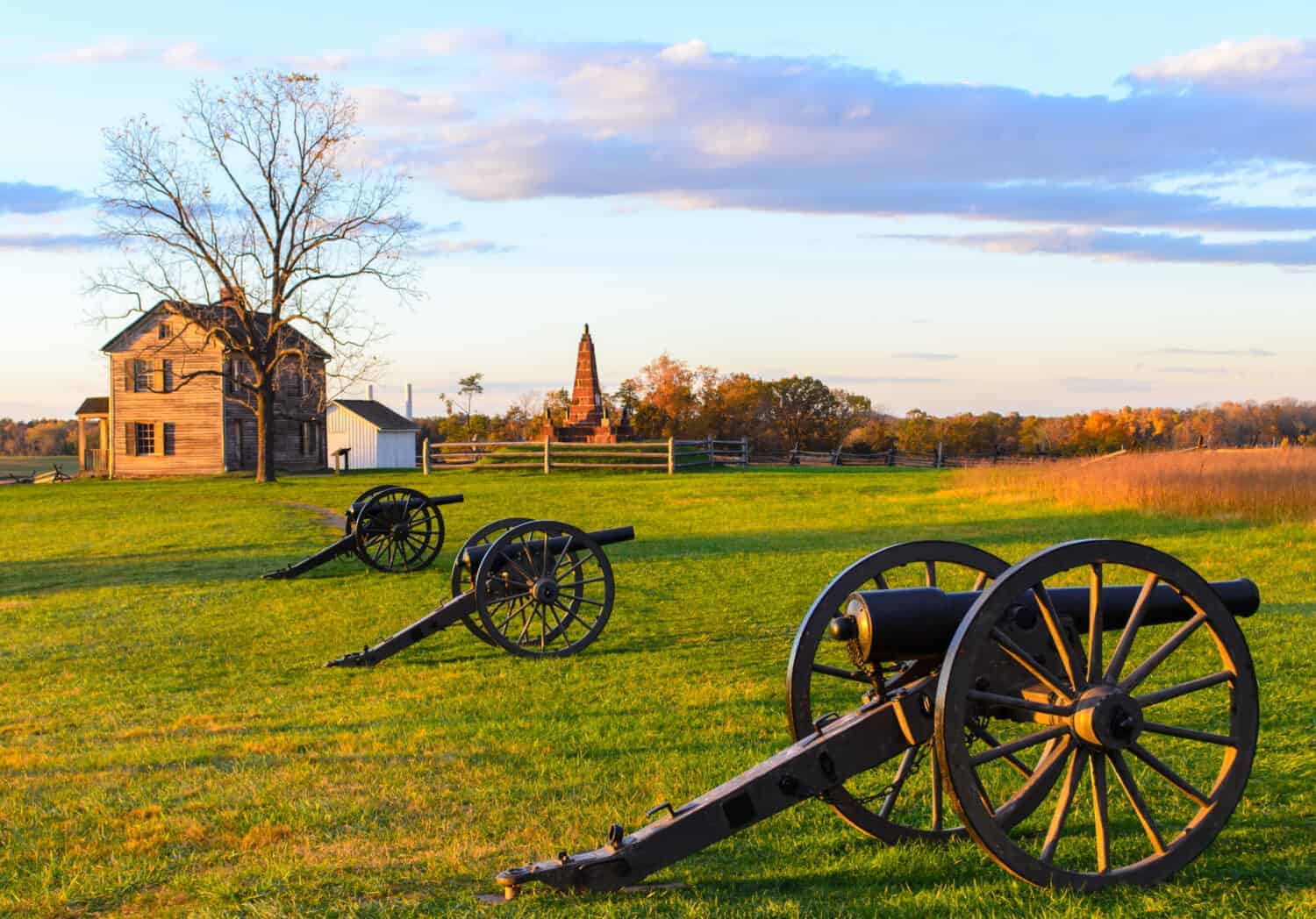
©Zack Frank/Shutterstock.com
- Date: July 1 – 3, 1863
- War: Civil War
- Participants: Union vs. Confederate
- Winner: Union Victory
- Artillery: 306 artillery pieces
Civil War Turning Point
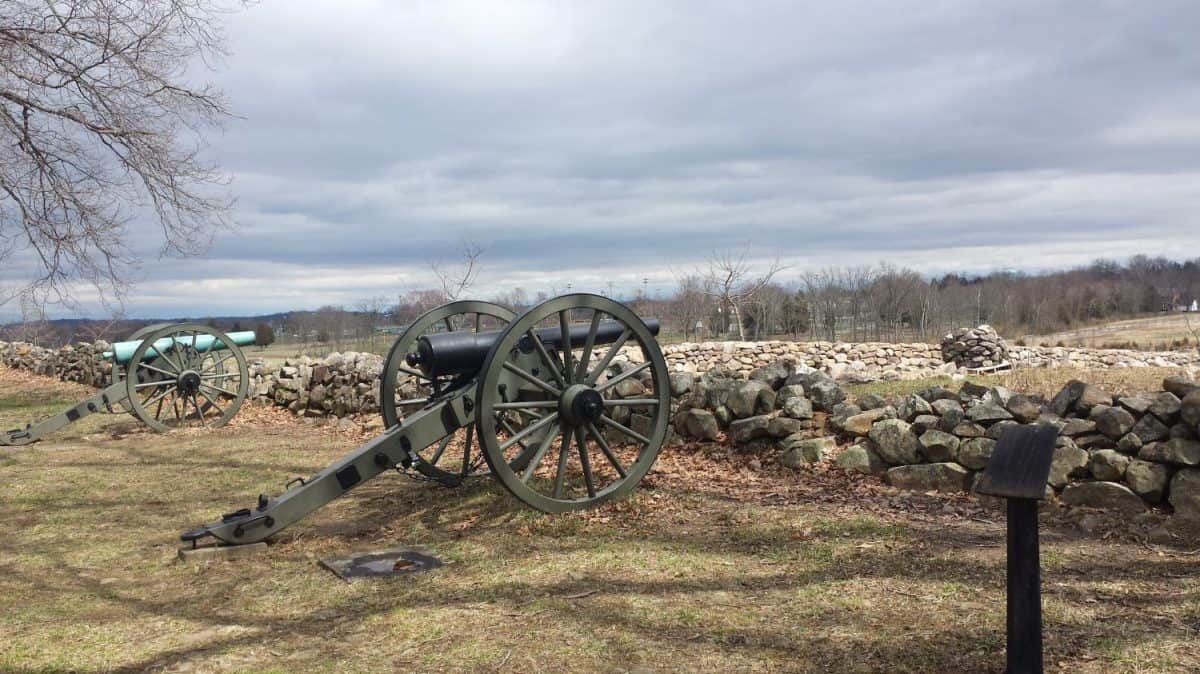
©Nichole Goodrich/Shutterstock.com
Using 12-pound Napoleons, 3-inch ordnance, and Parrott rifles, the Battle of Gettysburg had plenty of artillery available. The biggest influence of artillery was before the infamous Pickett’s Charge, a Confederate attempt to turn the battle back in their favor. Union artillery bombardments disrupted Pickett’s Charge and caused Confederate forces to retreat.
Siege of Yorktown

- Date: September 28 – October 17, 1781
- War: Revolutionary War
- Participants: United States and France vs. Great Britain
- Winner: American/French victory
- Artillery: 3 24-pounders, 3 18-pounders, 2 eight-inch howitzers and six mortars
Yorktown Campaign
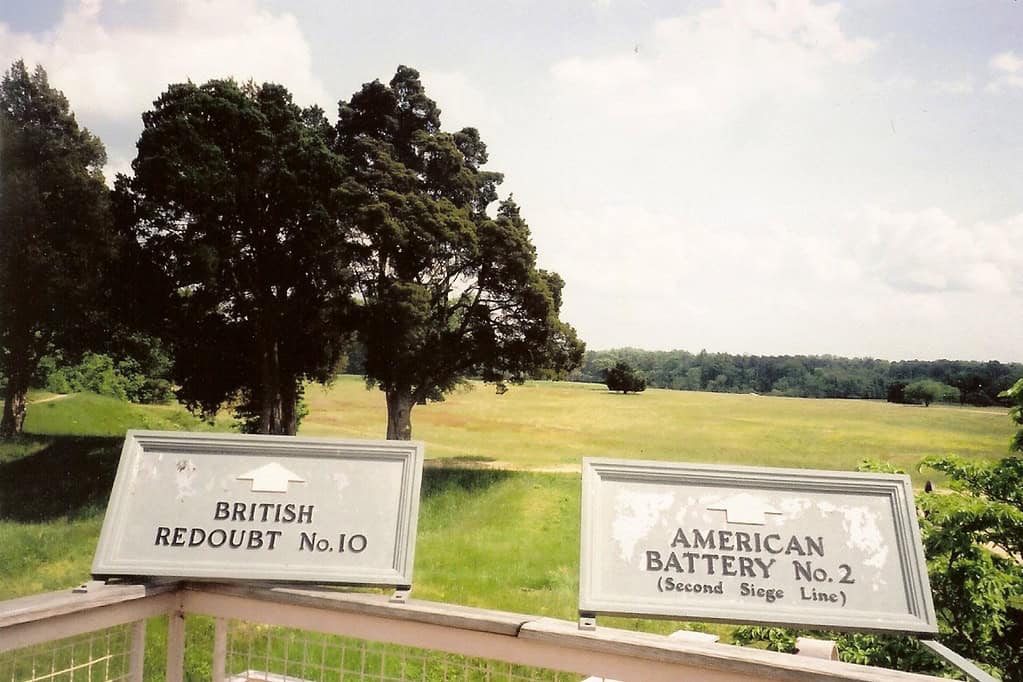
©"Yorktown Battlefield, Yorktown, Virginia" by Ken Lund is licensed under BY-SA 2.0. - Original / License
Best known as the Battle of Yorktown, the decisive victory by the American Continental Army was completed through heavy artillery bombardments. Lord Cornwallis, leader of the British Army, could only hold on so long as French and American artillery bombardments were so intense the British couldn’t hold out any longer.
Battle of the Somme

©"First day of the Battle of the Somme" by Cassowary Colorizations is licensed under BY 2.0. - Original / License
- Date: July 1, 1916 – November 18, 1916
- War: World War I
- Participants: British Empire/France vs. Germany
- Winner: Inconclusive
- Artillery: 18-pounder field guns, 60-pounder guns, 6-inch howitzers, 9.2-inch howitzers, and more
Three Million Troops

One of human history’s largest and deadliest battles, the Battle of the Somme, involved over three million troops. With thousands of artillery pieces on both sides, the British and French worked together to bombard German positions, which launched heavy artillery salvos right back. Hundreds of thousands of troops were killed in a battle that ultimately had no winner.
Battle of Tannenberg
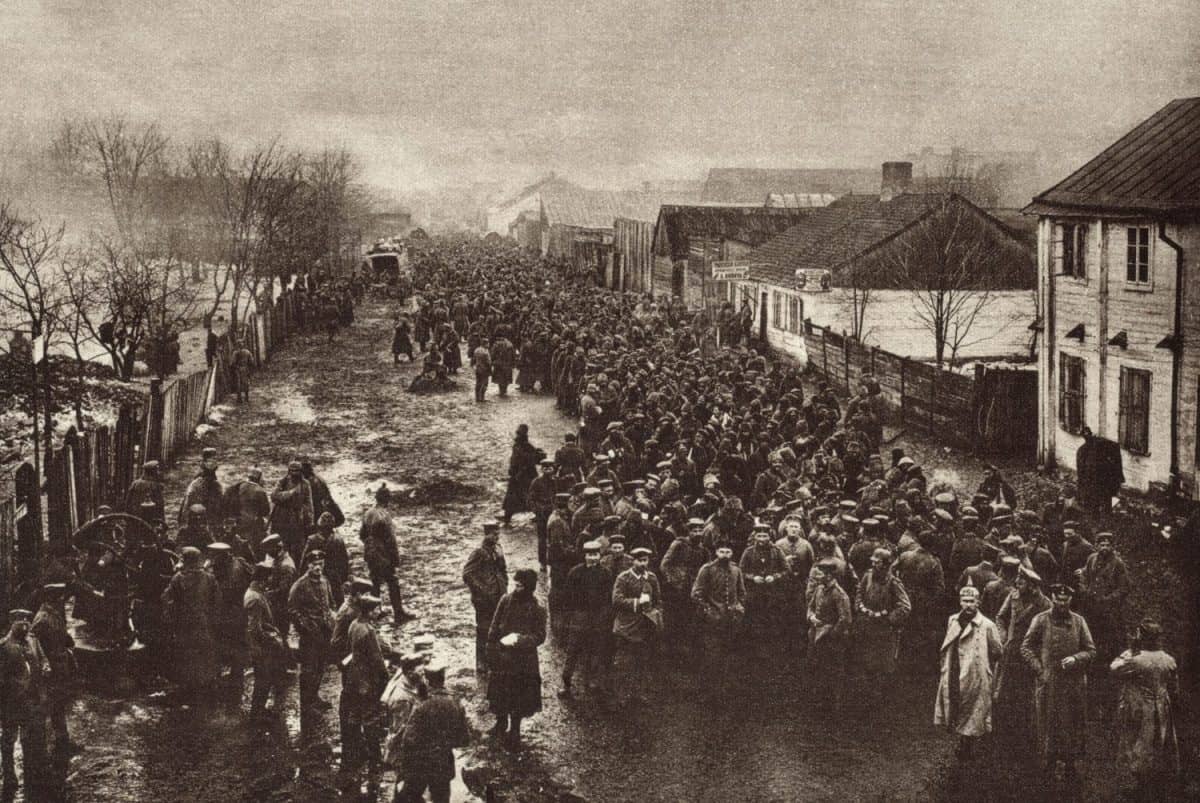
©Everett Collection/Shutterstock.com
- Date: August 23 – 30, 1914
- War: World War I
- Participants: German vs. Russia
- Winner: German victory
- Artillery: ~1,300 howitzers
Destruction of 2nd Russian Army
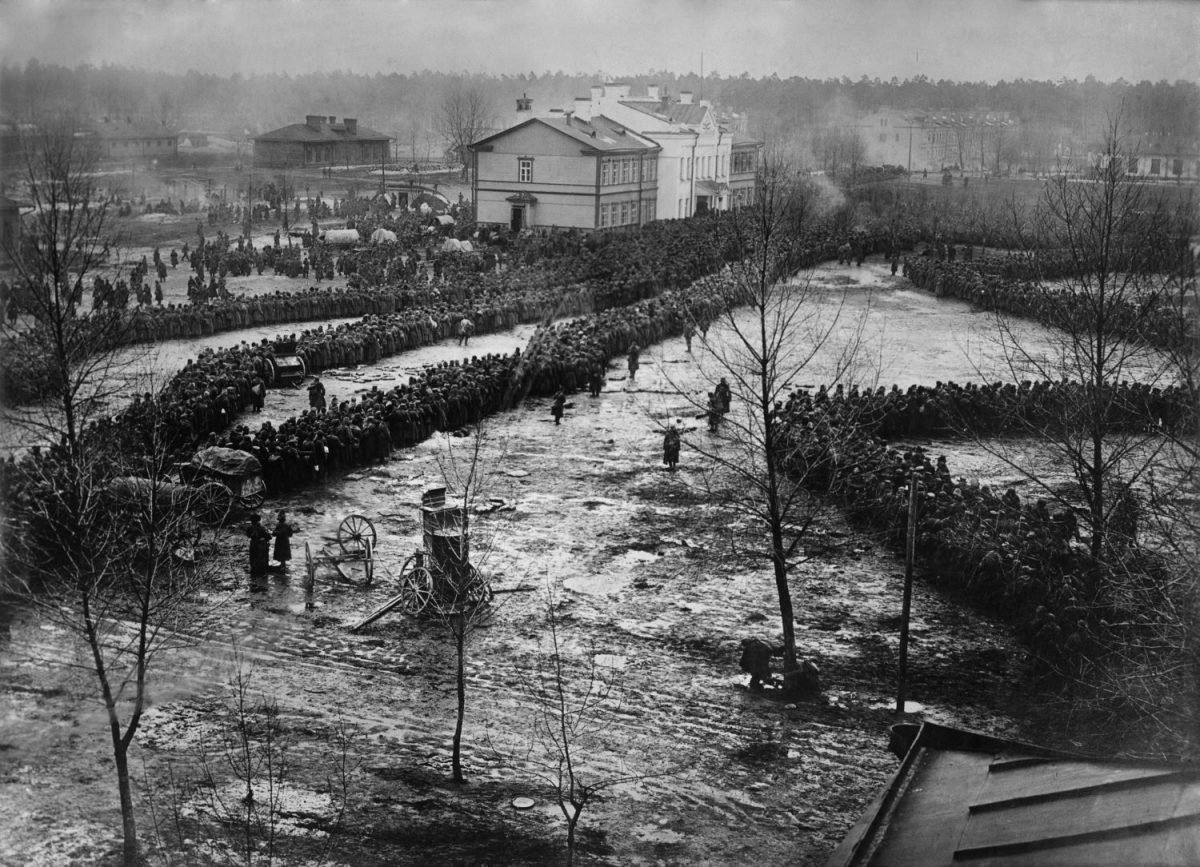
©Everett Collection/Shutterstock.com
The Battle of Tannenberg, which occurred in late August 1914, was a crushing defeat for the Russian Second Army. The Russian Army was vulnerable to German attacks because it failed to encrypt its radio communications. Even though Russia unleashed deadly artillery attacks until it ran out of ammunition, it simply wasn’t enough to hold off Germany indefinitely with its overwhelming bombardment.
Battle of Vimy Ridge

©Stephen Bridger/Shutterstock.com
- Date: April 9 – 12, 1917
- War: World War I
- Participants: Canada/United Kingdom vs. Germany
- Winner: British Empire
- Artillery: Multiple military bridges
Major Canadian Boost
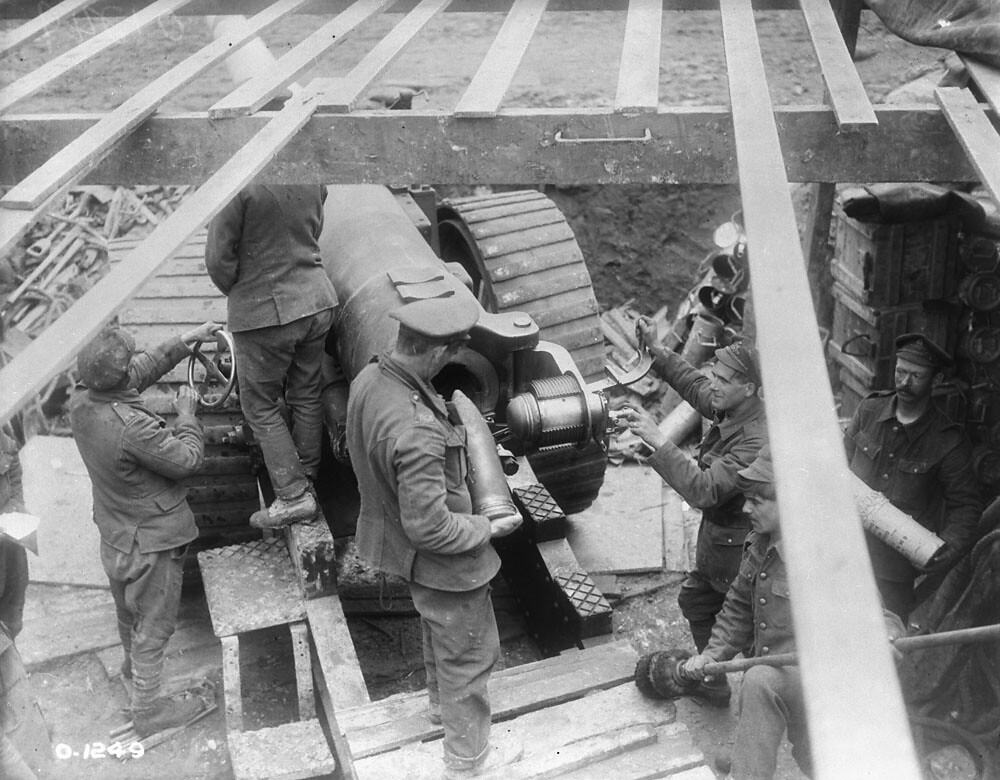
©"Loading a large naval gun on the Canadian front, taken during the Battle of Vimy Ridge / Sur le front canadien, chargement d’un gros canon naval pris pendant la bataille de la crête de Vimy" by BiblioArchives / LibraryArchives is licensed under BY 2.0. - Original / License
With over 1.6 million shells available for its artillery corps, the Battle of Vimy Ridge was a major morale boost for Canada. Between 18-pound field guns, 138 howitzers, 96 trench mortars, and 24 9.45-inch mortars, Canada had one artillery weapon every 20 yards on the battlefield. With so much firepower, it enabled Canada to capture the area around Vimy Ridge and protect the Canadian First and Third Armies.
Battle of Lanzerath Ridge

- Date: December 16 – 17, 1944
- War: World War II
- Participants: United States vs. Germany
- Winner: American surrender
- Artillery: Over 1,600 artillery weapons
Delayed German Advance
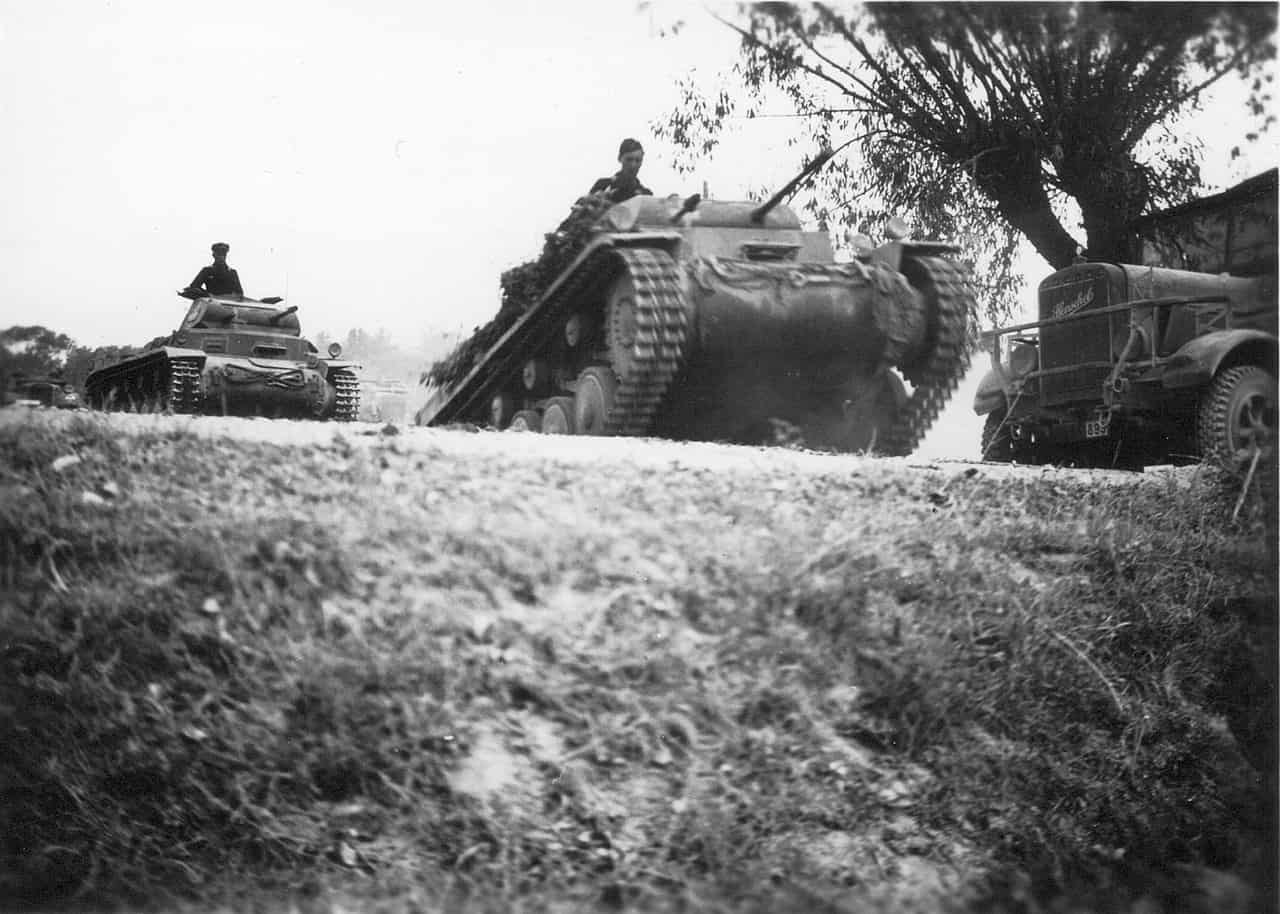
During the Battle of the Bulge, the smaller Battle of Lanzerath Ridge was essentially a battle of 22 Americans versus 500 German paratroopers. Over 24 hours, the Germans used heavy artillery bombardments to stop the Americans, who held up the movement of Germany’s 1st SS Panzer Division for almost 20 hours. This battle showed that overwhelming firepower isn’t always the way to quick victory.
Battle of Castillon
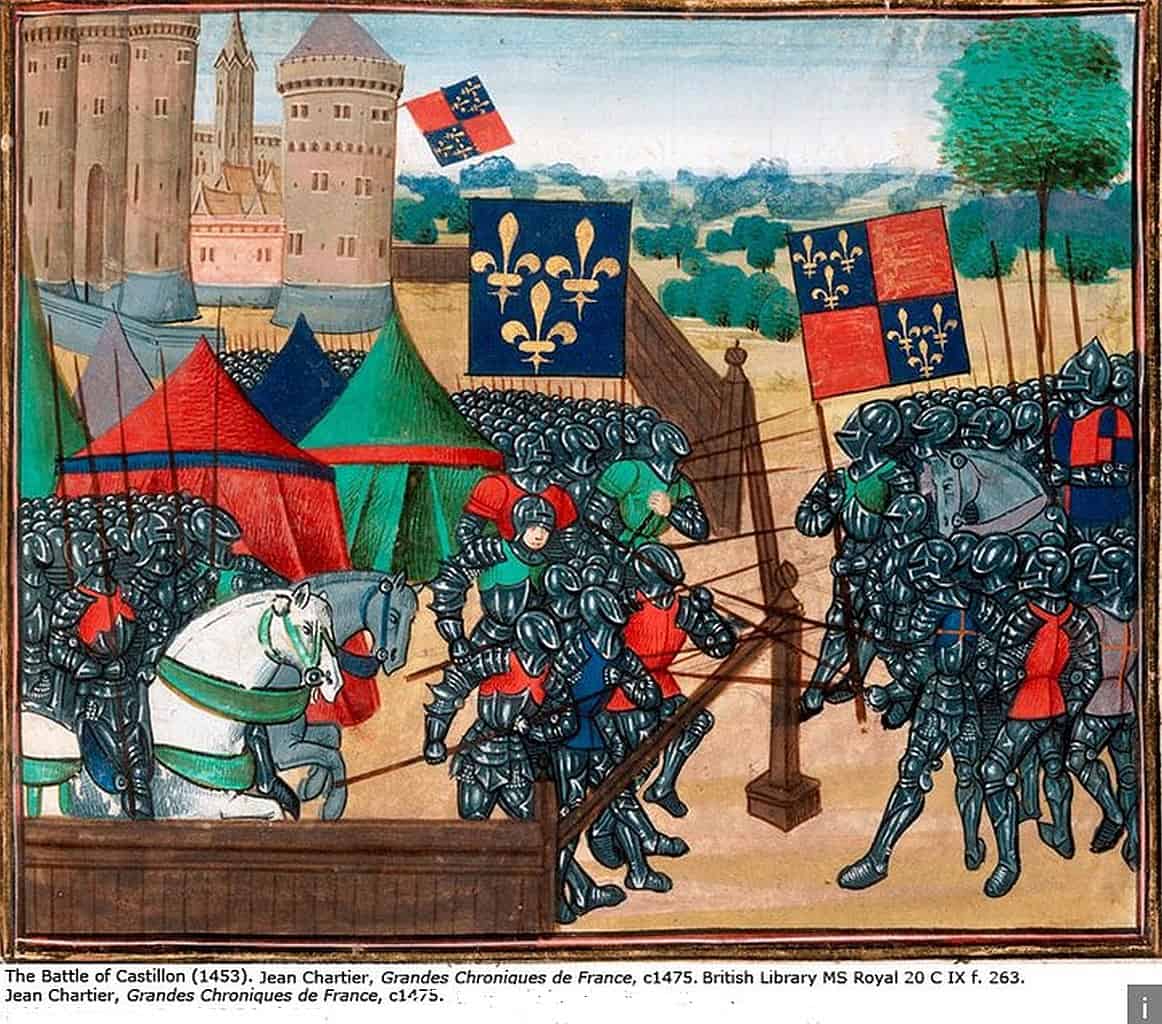
- Date: July 17, 1453
- War: Hundred Years War
- Participants: France/Brittany vs. Kingdom of England, Gascony
- Winner: French victory
- Artillery: 300 guns
French Artillery Use
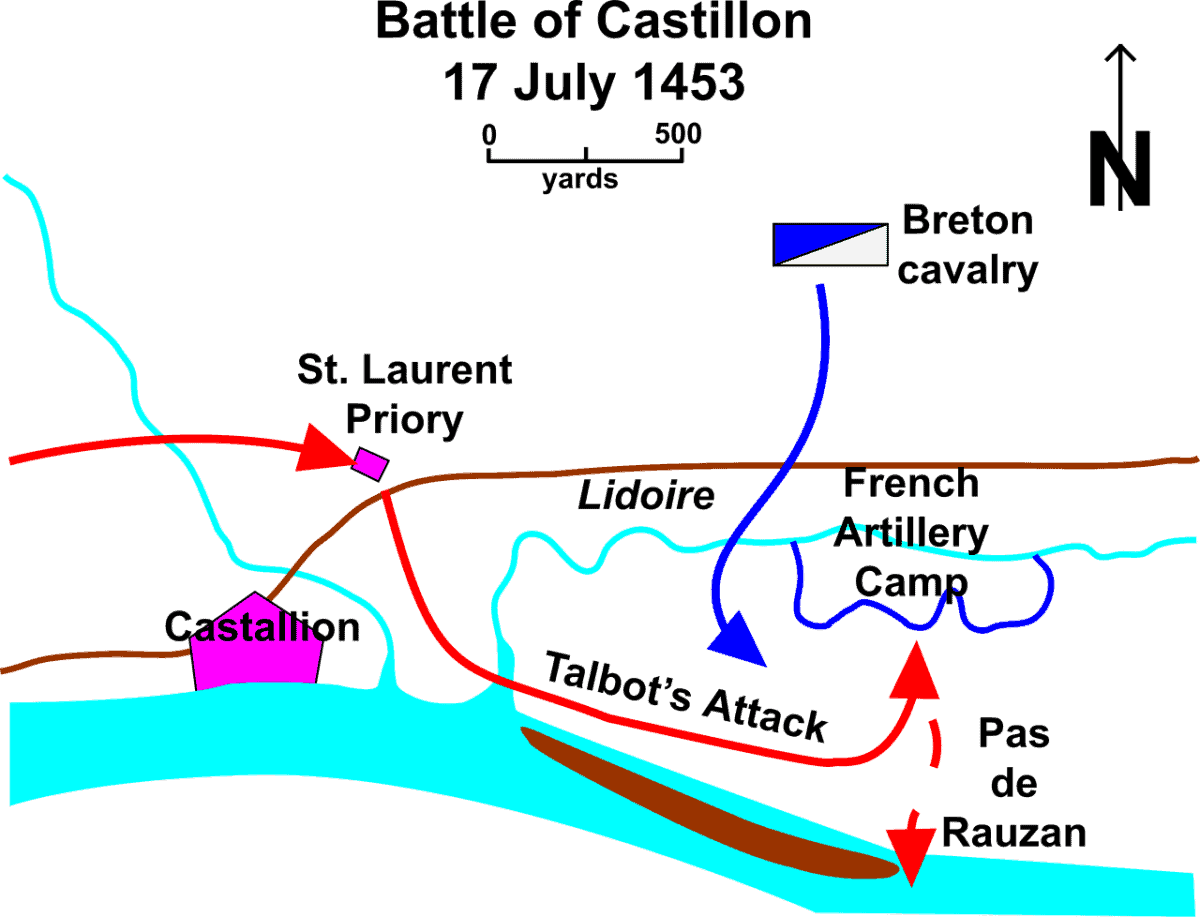
©Brian Ammon / Creative Commons Attribution-Share Alike 3.0 Unported license - Original / License
One of the biggest takeaways from the Battle of Castillon, which took place over 570 years ago, is that field artillery was a real battlefield decider. The use of field artillery by fortified French positions won the day for the Kingdom of France and ultimately led to the loss of almost all of England’s holdings in France. French guns destroyed every English advance, and the battle lasted just over one hour.
Battle of Old Baldy
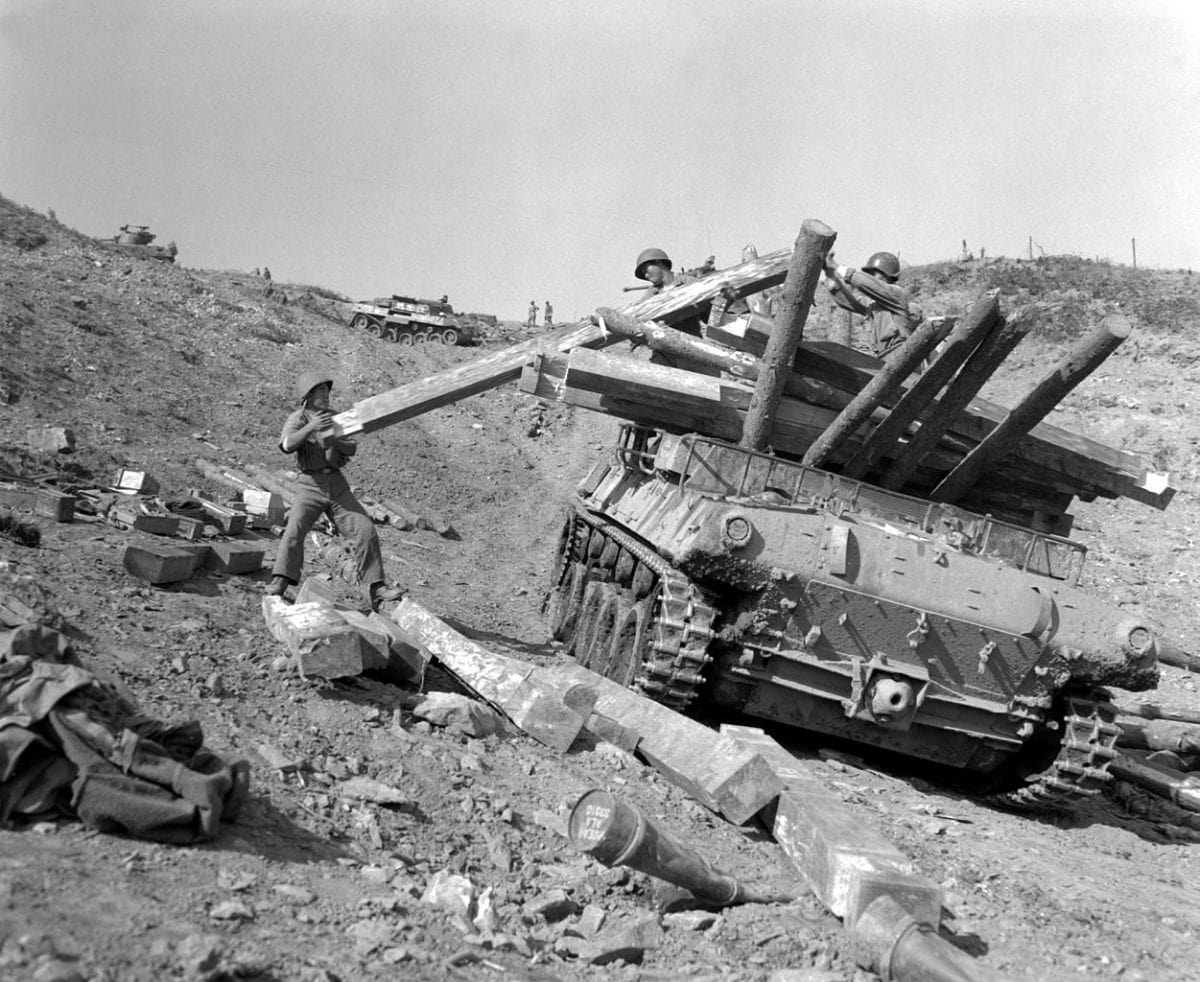
©SFC. CHARLES M. ROBERTS / Public Domain - Original / License
- Date: June 26, 1952 – March 26, 1953
- War: Korean War
- Participants: South Korea/United States/Colombia vs. China
- Winner: Initial Korean victory, later a Chinese victory
- Artillery: Thousands of artillery placements
Destroying a Forest

©Dragos Asaftei/Shutterstock.com
If you’re wondering where the name “Old Baldy” came from for this battle, it’s because of artillery. Due to a bombardment of mortar and artillery fire, one hill near the battlefield in Korea saw all of its trees destroyed, leading to the nickname “Old Baldy.” Artillery played a significant role in this battle by initially keeping Chinese efforts to take the area at bay for many months.
Battle of Moscow
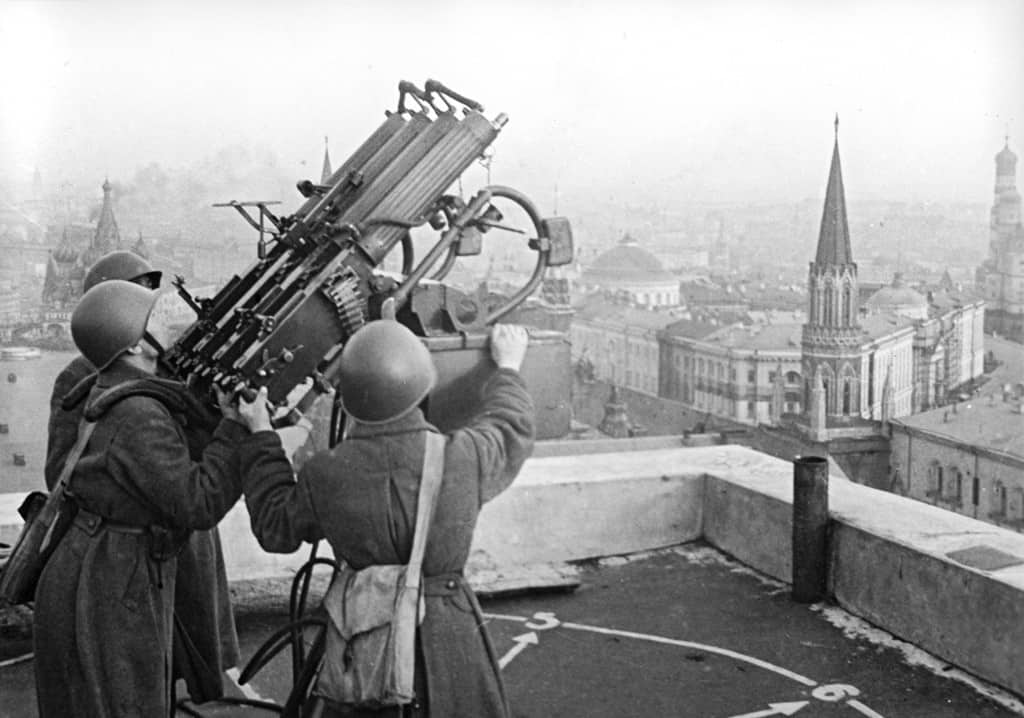
©Knorring / Олег Кнорринг / Creative Commons Attribution-Share Alike 3.0 Unported license - Original / License
- Date: September 30, 1941 – January 7, 1942
- War: World War II
- Participants: Germany vs. Soviet Union
- Winner: Soviet victory
- Artillery: Huge amount of artillery placements
Germany’s Russian Defeat
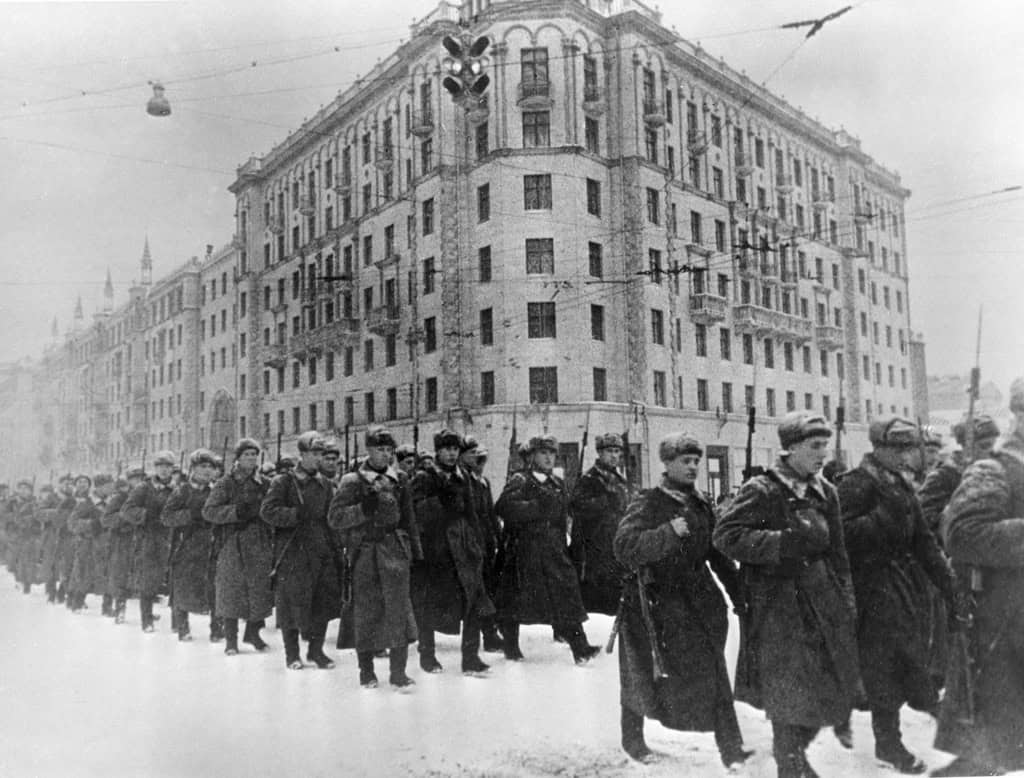
©Oleg Ignatovich / Олег Игнатович / Creative Commons Attribution-Share Alike 3.0 Unported license - Original / License
During a battle that pitted well over 1.1 million men on each side against each other, the Battle of Moscow was one of the most brutal campaigns of all of World War II. Russia relied heavily on using artillery placements to stop German forces from coming down Moscow’s streets, slowing their attack and allowing counterattacks on the German flanks. This battle is remembered as one of the first significant artillery positions used in an urban environment.
The image featured at the top of this post is ©Aqeela_Image/Shutterstock.com.







